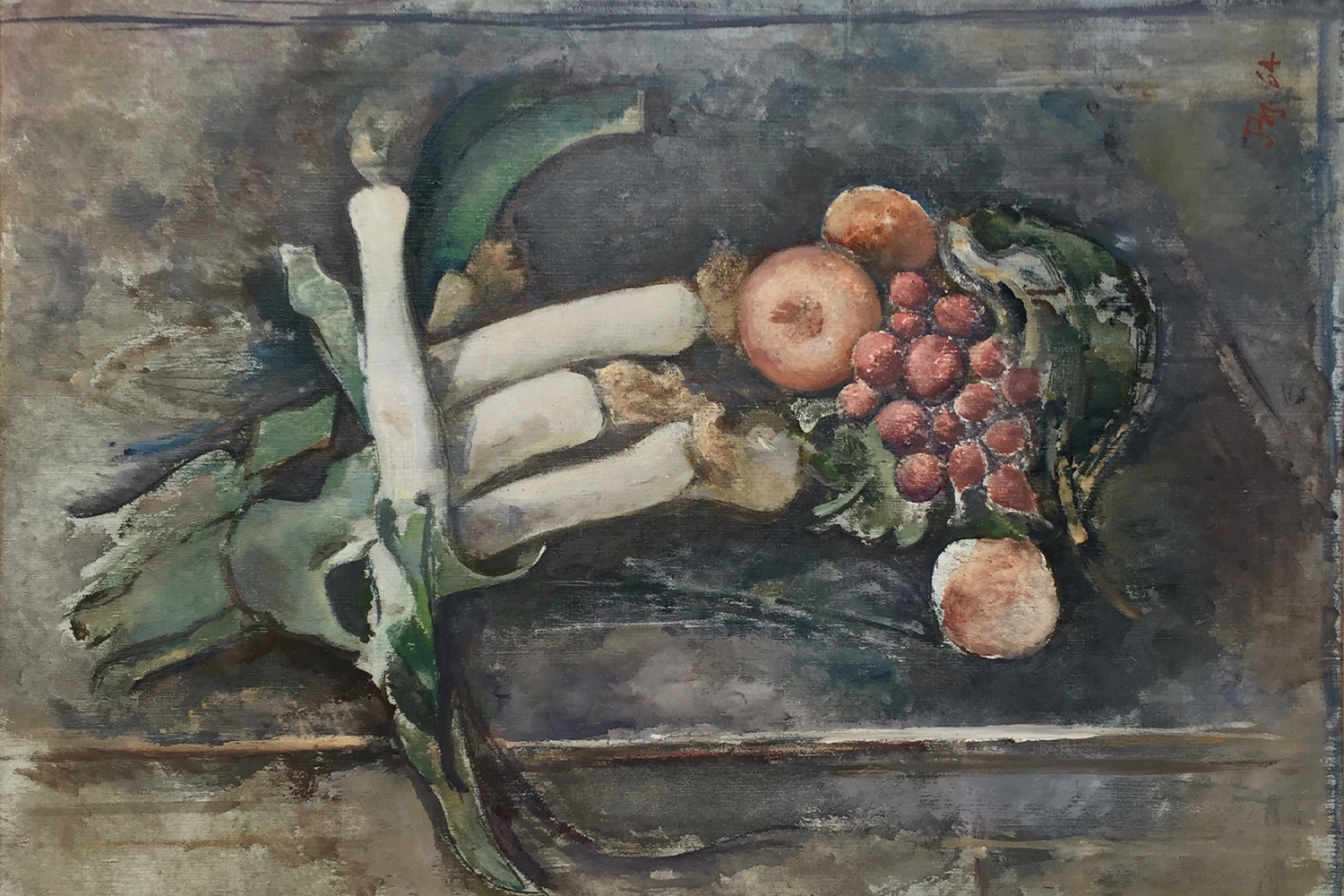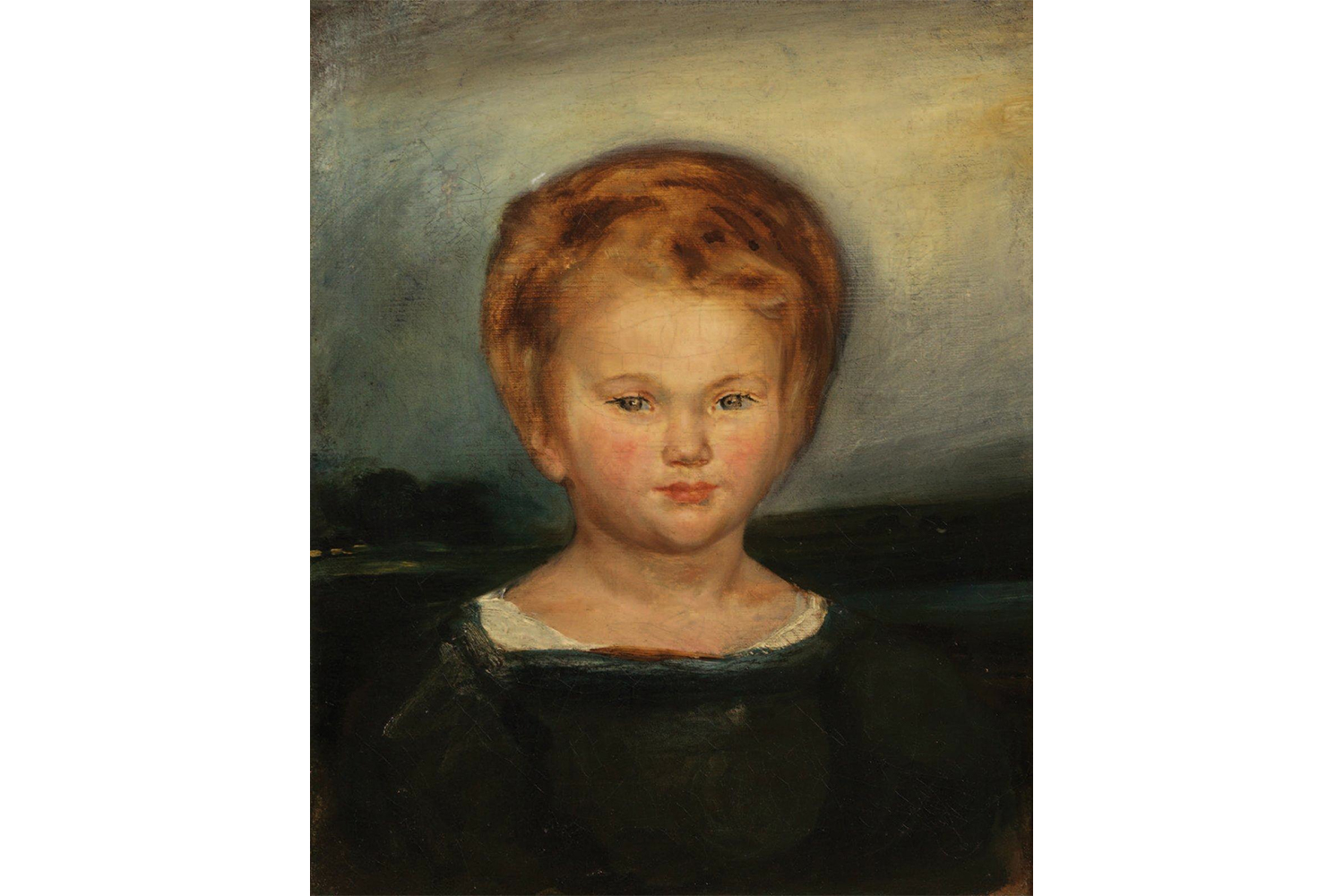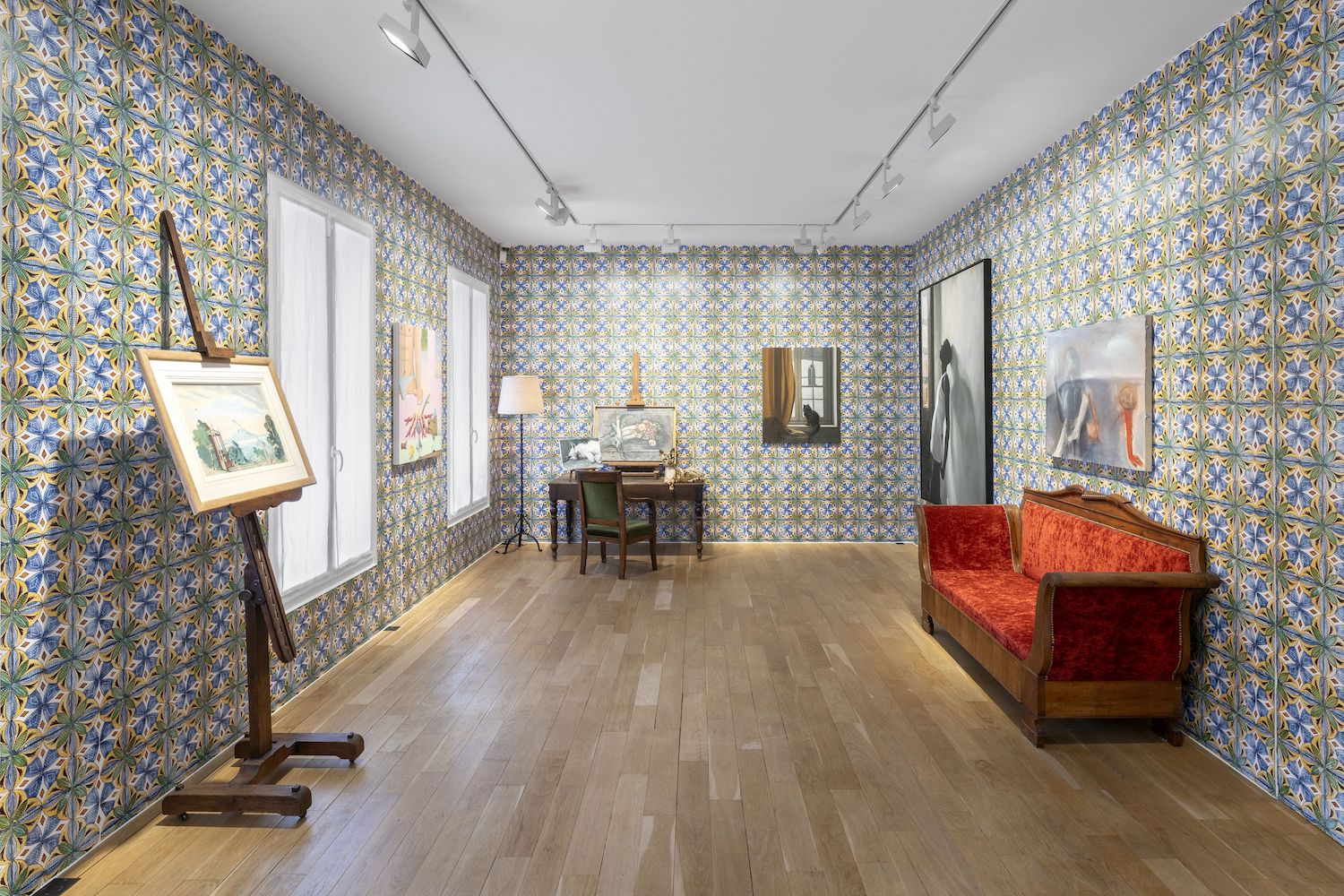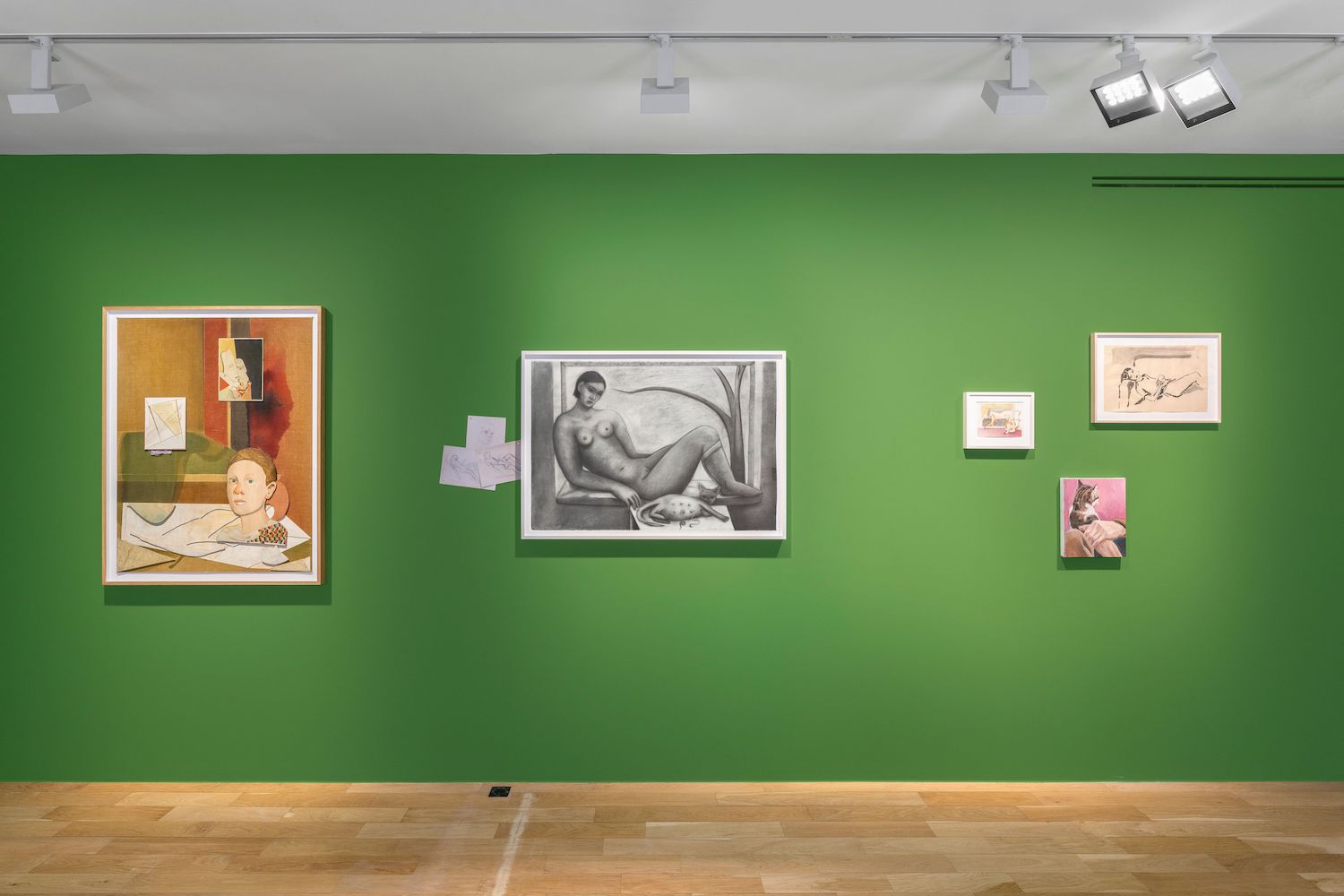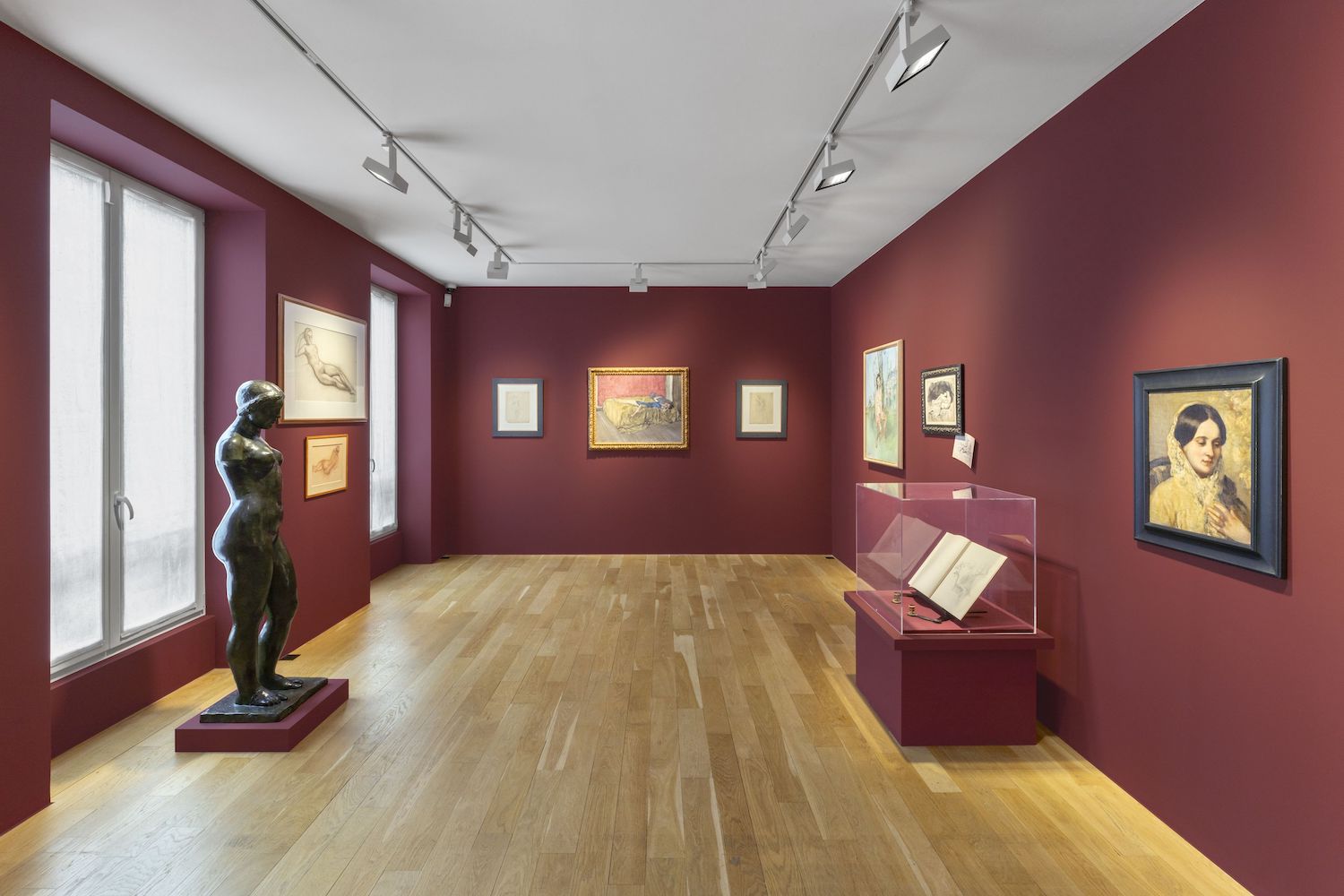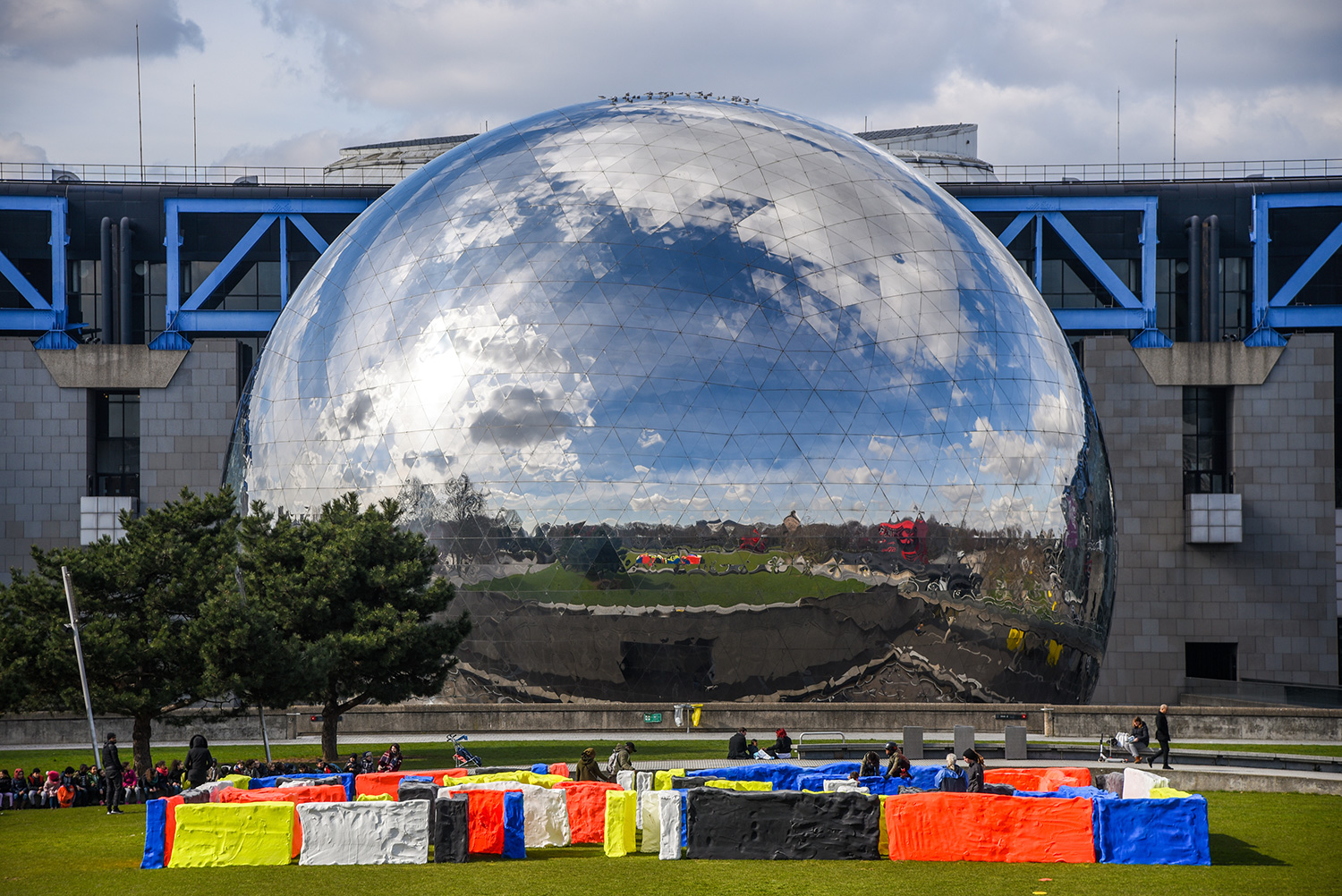Influence, in the art world, is always fluid. “I copied Giotto,” Balthus acknowledges in a video while smoking at his house in Switzerland. The 1993 clip is included in the show “Dans la tête de Balthus” at Perrotin’s Matignon outpost in Paris, which examines not only Balthus’s creative processes but his influences in both directions: the works of nineteenth-century artists who shaped him, and present-day creations inflected by his signatures (felines, idling female silhouettes, suggestive overtones). Born in Paris in 1908, Balthus spent his childhood in Germany and Switzerland before moving back to Paris in 1924, where he spent time scrutinizing work by Goya, Michelangelo, and Ingres.
The exhibition spans four floors, in a mise-en-scène that Isotta Bosi — co-curator alongside Edwart Vignot — describes as “before/during/after… and on the last floor, all the actors mix.” Each floor has a pronounced color scheme because, Bosi states: “We wanted to create something really cerebral… accompanying you into the intimacy of Balthus’s mind.” The first floor is a serious charcoal-hued setting in which images from Balthus’s carnet d’études are turned from a working sketchbook into a set of tear sheets, many splayed on the floor as though there had been a great tantrum. In fact, a Balthus quote on the wall explains the gesture: “When I have finished my paintings, I put the drawings for them on the floor and walk on them until they are erased.” His drawings have also been pinned onto the wall, creating visual equations between sketchbook drawings and paintings, as though the gallery was an active atelier. Balthus’s works are paired with portraits by Theodore Géricault and Eugène Delacroix, plus a flower study by Gustave Courbet. The second floor, peppered with Balthus contemporaries like Giacometti and Derain, features “people who he was friends with, even if they weren’t directly related in terms of artistic production,” Bosi notes.
The walls are painted a vivid grass green on the third floor, the hue evocative of Balthus’s canvas Les beaux jours (1944–45). Here, contemporary works show the legacy of Balthus in today’s artistic landscape: The “Balthusian spirit,” as Bosi calls it. Jean-Philippe Delhomme’s ink-on-paper Reclining Shelim (2023), with the state of dress or undress unclear, is languid and moody in its sparse lines, whereas Jens Fänge’s Violetta Du (2020) seems a bit inexact for this exercise on Balthusian spirit. On the top floor, graphic wallpaper was fashioned from an early 1960s design, at the time Balthus was director of the French Academy in Rome, at the Villa Medici. The Turkish Room, renovated and named under his purview, was both a space he portrayed and used as a workspace. The re-creation hosts Charles Hascoët cats and a watercolor sampling of Balthus’s set design in 1950 for Così Fan Tutte.
The show doesn’t address the 2017 controversy that blew up around Balthus’s Thérèse Dreaming (1938), on view at the Met, or the way cultural conversation influences how we see a work. This seems like an oversight: less for the controversy itself than for the opportunity to discuss, precisely, the sphere of influence regarding how we talk about art — which includes public discourse, whether it holds up or not. Balthus’s sensuality is both more common today and more fraught given evolving ideas around the gendered gaze. The show’s most resonant Balthus heritage — almost uncannily so — is the included work of American artist Danielle Orchard, whose charcoal piece Girl with Cat (2023) depicts a languorous nude (except for knee socks) reclining next to her feline companion. Equally notable, with a queer bent, is South Korean artist GaHee Park’s colored-pencil-on-paper Game with Bug (2023), in which two women intertwine on a couch while a foregrounded cat looks timidly away. Balthus’s legacy around the female body and sexuality lands differently by way of female artists, and examining that contemporary adaptation would have been compelling to explore.

